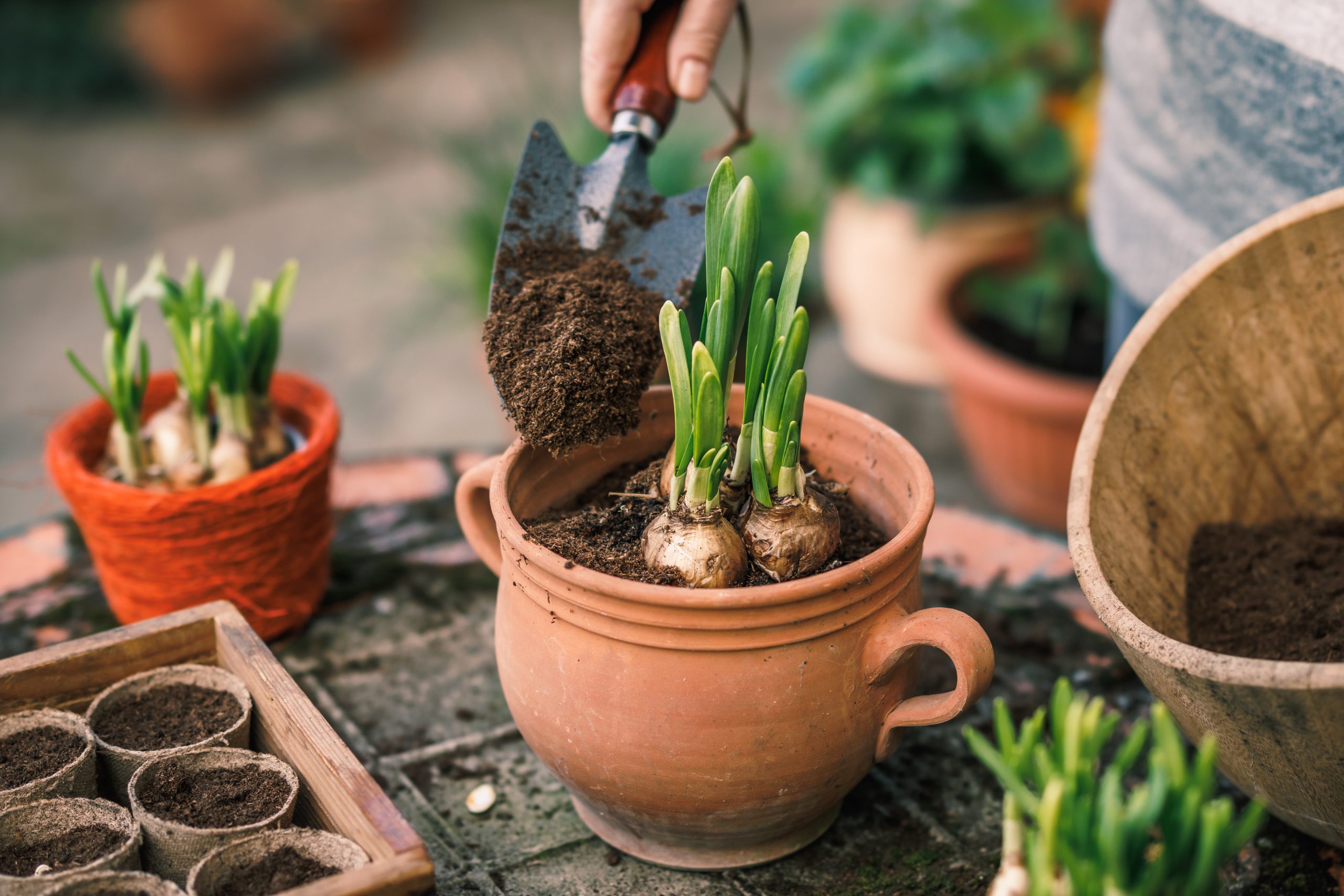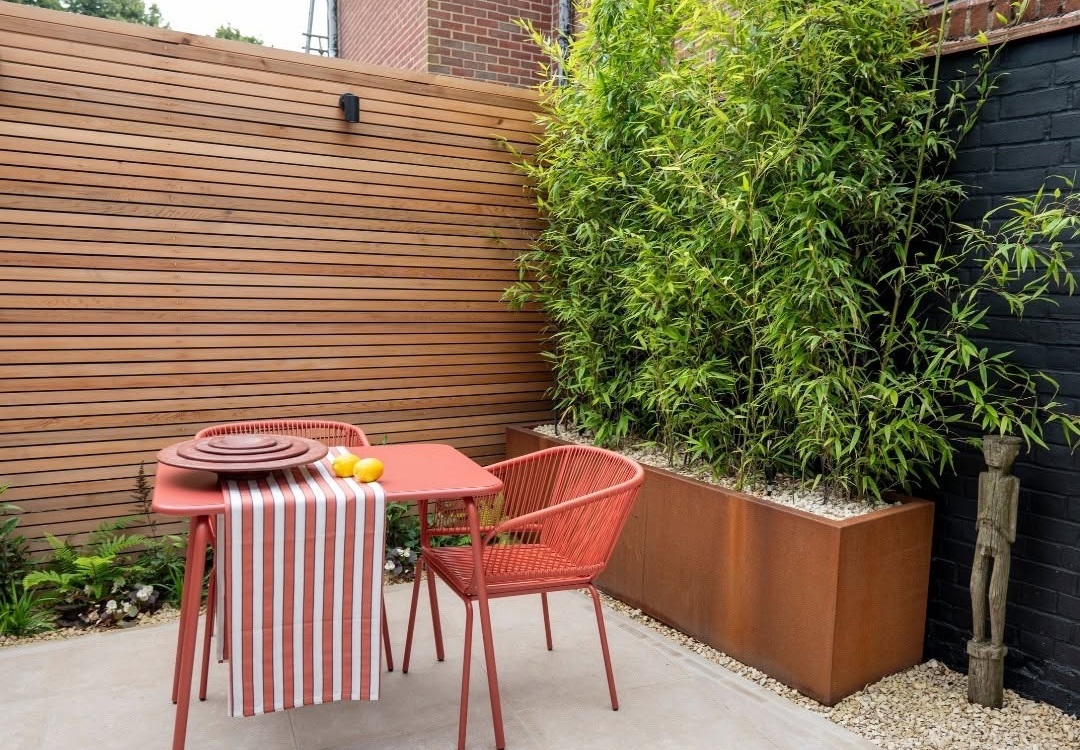How to Create a Beautiful Allotment at Home

National Allotment Week returns from 11th to 17th August, promoting the value of growing your own food. It’s a timely reminder of the benefits – fresh produce, lower food miles, and time spent outdoors – and as demand for allotment space rises, more people are turning to gardens, patios, and balconies to grow what they can at home.
Why Allotments Matter
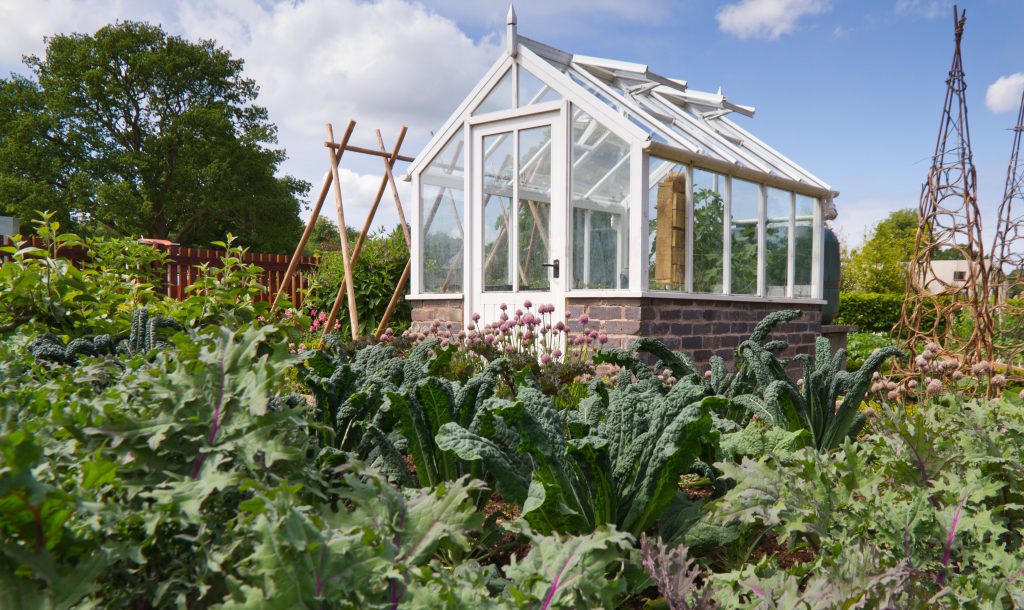
Growing your own means fewer food miles, less packaging, and the chance to compost at home. Beyond the practical benefits, tending to a plot encourages regular outdoor activity and provides a welcome break from screens and noise. It’s also a way to connect, either with neighbours on a shared site, or simply with the rhythm of the seasons.
Even without access to a formal allotment, gardens, patios, and balconies can be used to grow herbs, vegetables, and fruit. The key principles remain the same: make the best use of space, keep it manageable, and grow what you’ll enjoy.
Creating an Allotment at Home
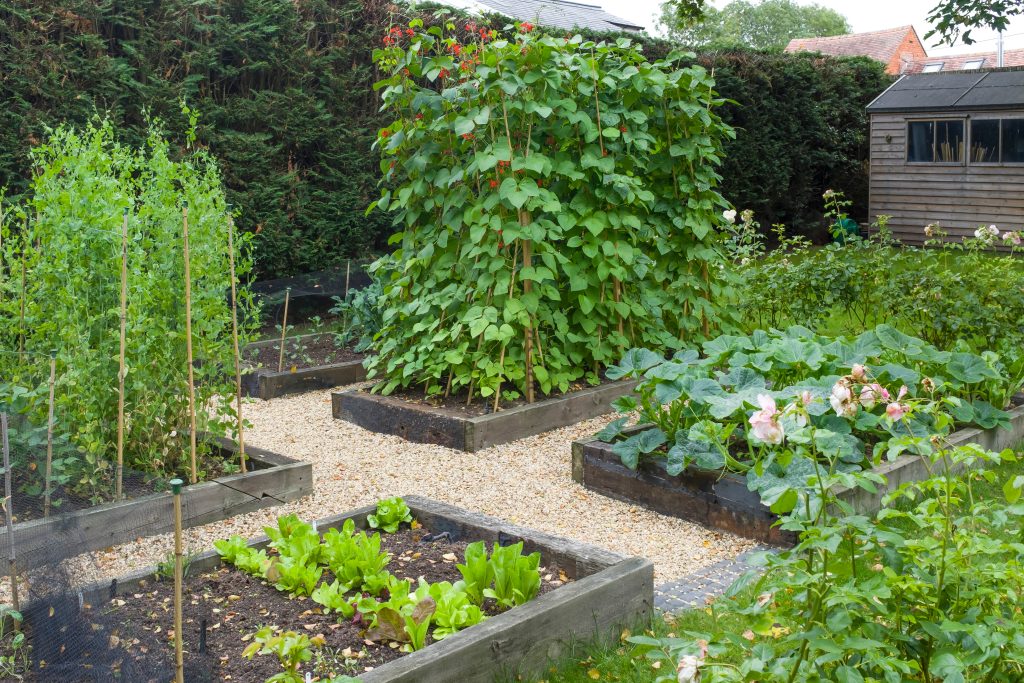
If you don’t have access to an official allotment, there’s still plenty you can do at home. Start by identifying a sunny spot, which could be a patch of lawn, a corner of your garden, or even a balcony. You should also keep the scale manageable. A few well-planned containers can be just as productive as larger plots.
Raised Beds
Ideal for creating defined growing areas with good soil depth and drainage. Our oak and pressure-treated softwood sleepers are well-suited to this purpose and offer the durability needed for long-term use. For a secure build, we recommend using steel staple pins to fix the corners in place.
Planter Options
If ground space is limited, think vertically. Wall-mounted planters, shelving, and tiered containers can help make the most of your growing area without cluttering walkways. Balconies and paved yards benefit from this approach, offering scope for herbs, salad leaves, and compact crops in a tidy format.
Installing Sleepers – A Solid Start for Any Plot

Whether you're improving an existing allotment or setting up from scratch at home, sleepers can help define beds, retain soil, and make planting areas easier to access and maintain.
- First, consider the width (around 1.2 metres is manageable from either side) and leave enough space between beds for walking or wheelbarrow access.
- Mark out the area and level the ground. If you're placing sleepers directly on soil, laying a weed membrane underneath helps suppress regrowth.
- Use oak or pressure-treated softwood sleepers depending on your aesthetic and durability needs.
- For a permanent setup, secure corners with steel staple pins or coach screws. Stack additional sleepers to build deeper beds for root crops or improve drainage on heavier soils.
- Once installed, fill with a quality topsoil and compost mix.
Raised beds warm up more quickly in spring, drain more efficiently, and allow for tighter spacing of crops.
Container Growing for Compact Spaces
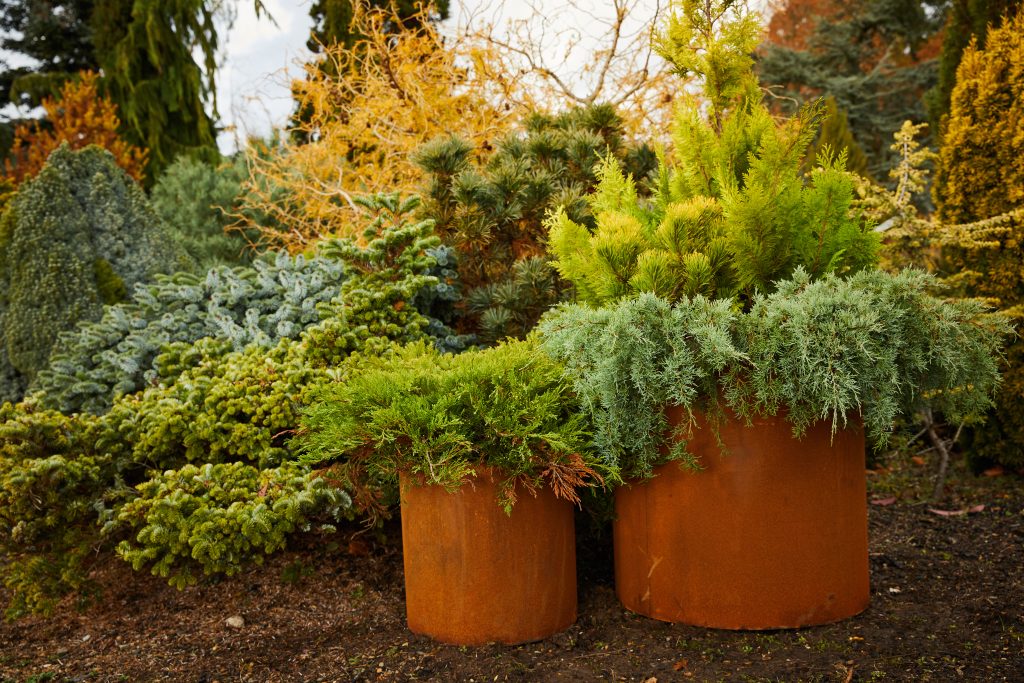
Container growing is ideal for small gardens, courtyards, patios, or balconies. It offers flexibility, easy access, and more control over soil conditions. Particularly useful if your ground is poor or paved. Planters can be moved to follow the sun, grouped to make watering simpler, or rearranged to suit the season.
There’s also no compromise on appearance with our range of terracotta, clayfibre, corten steel, and wooden planters. Each material brings different benefits – classic terracotta for breathability, clayfibre for lightweight strength, corten steel for long life, and wooden planters for a natural finish.
To improve drainage and prolong plant health, we recommend raising containers off the ground using pot feet or placing them on saucers to catch excess water. These small additions prevent waterlogging, especially on solid surfaces.
Sustainability at the Heart of Gardening
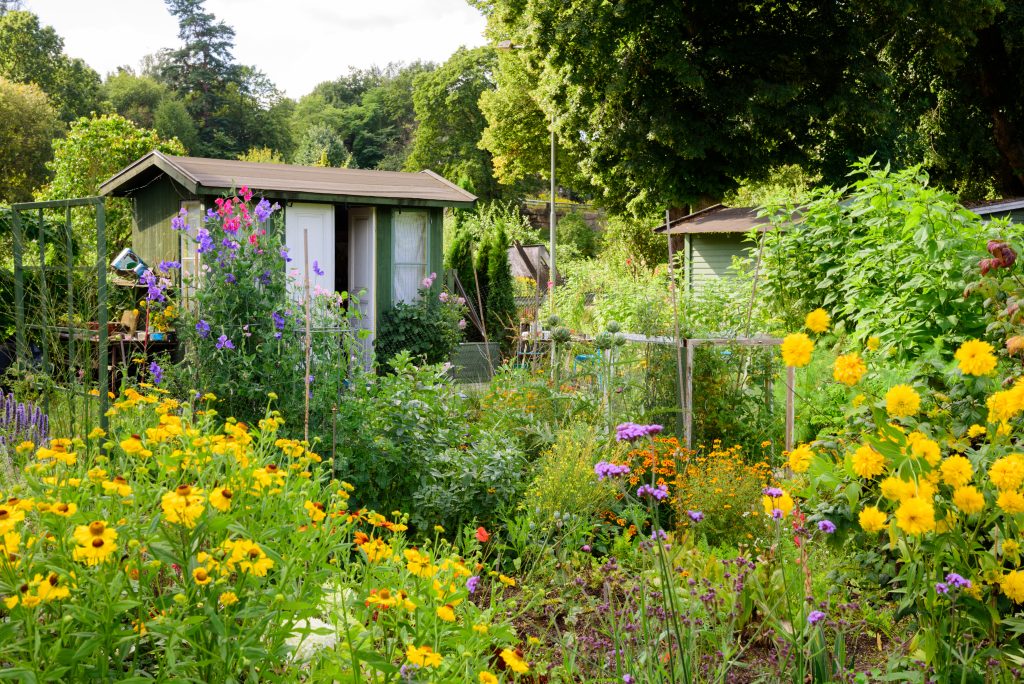
Our timbers are FSC-certified, and we repurpose 100% of our wood waste into fuels like eco-nuggets. Choosing durable materials such as oak or corten steel also reduces the need for frequent replacements, offering a long-term alternative to plastic options. Whether it’s a raised bed or a planter, well-made products that last support more sustainable gardening practices and help cut down on unnecessary waste.
Ready to Start Growing?
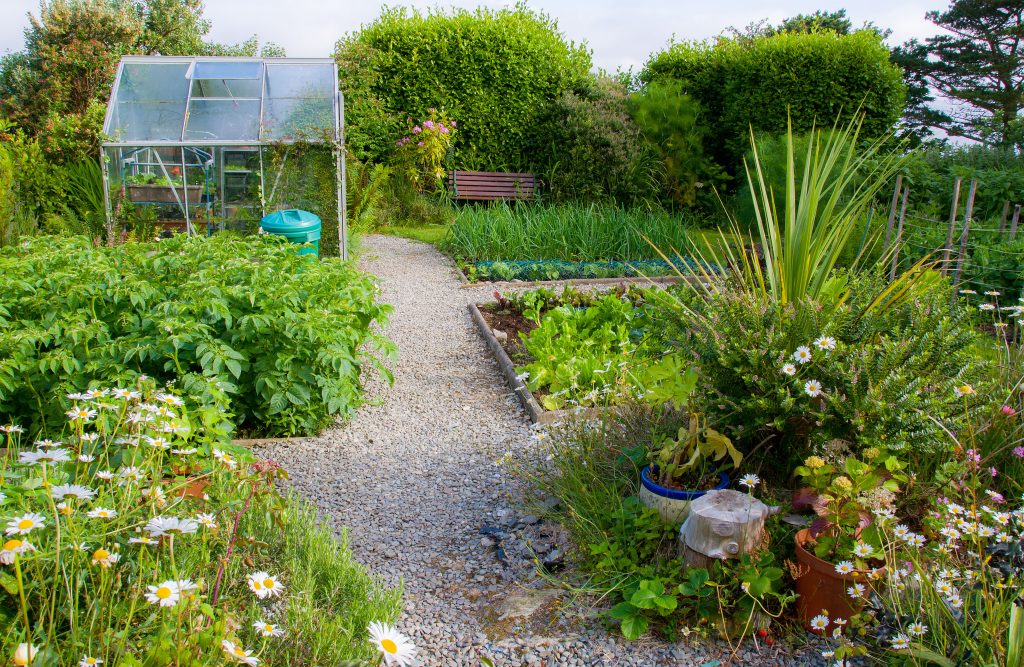
Whether you're planning your first growing space or refining an existing one, now is the perfect time to get started. From oak and softwood sleepers to durable planters and practical accessories, our range is built for everyday use and ease. Explore the collection online for National Allotment Week and see how the right setup can make growing at home simpler.


